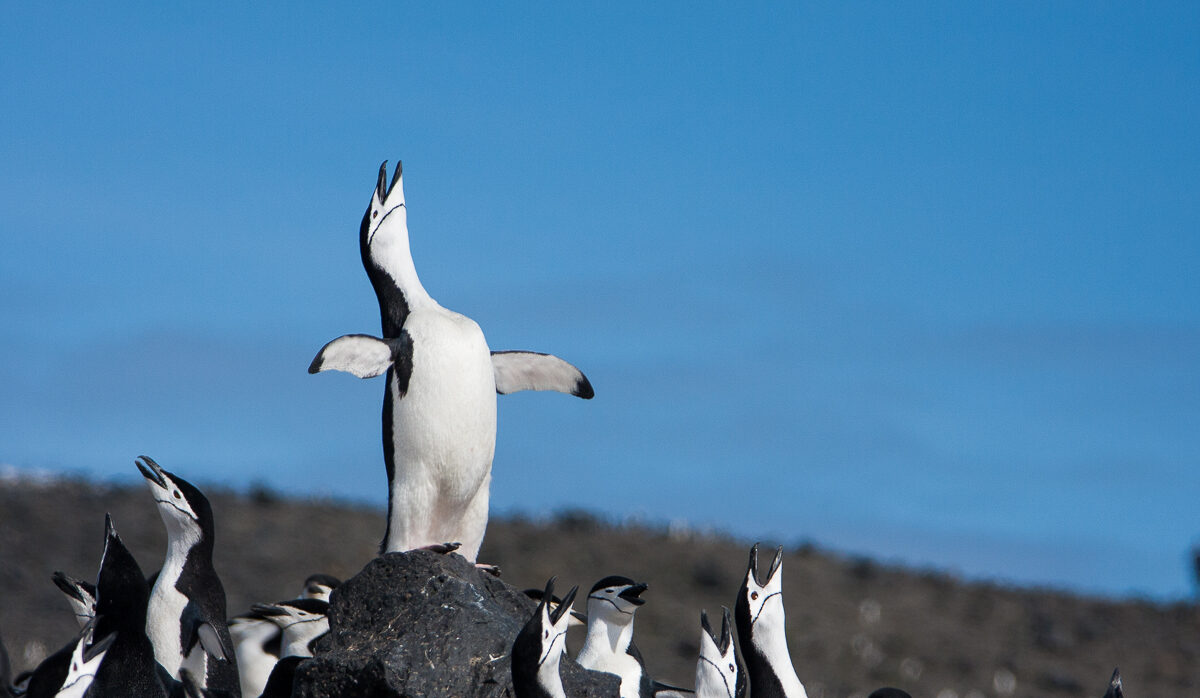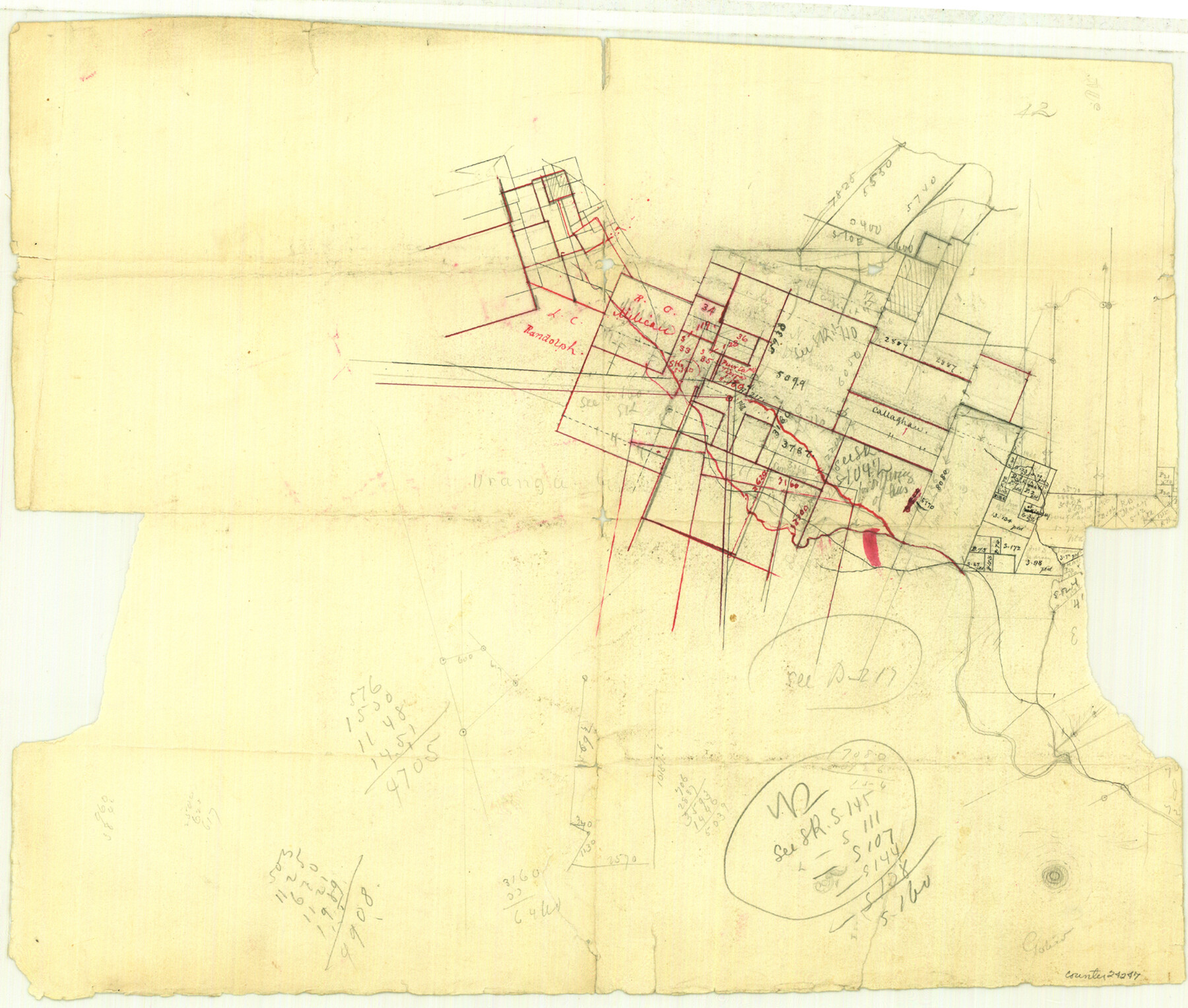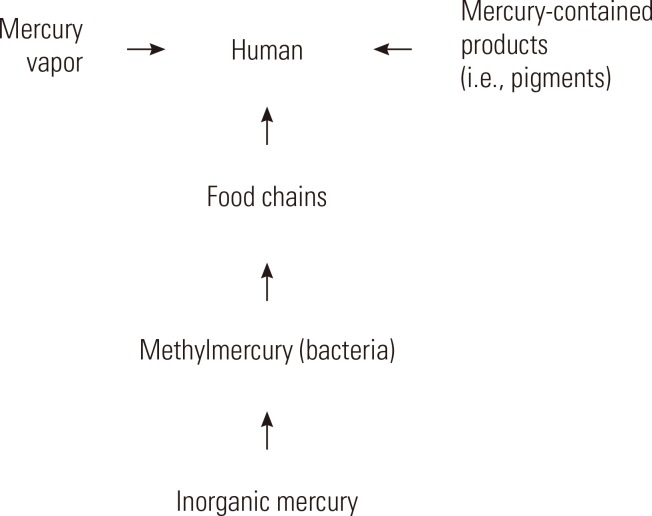Mounting pleas to declare algal bloom a national disaster – Australian Broadcasting Corporation

Report on the South Australian Toxic Algal Bloom: Environmental, Economic, and Governmental Response
1.0 Introduction and Executive Summary
A severe toxic algal bloom event in South Australia, ongoing since March, has prompted a federal government response, including a $14 million funding package. Described by Federal Environment Minister Murray Watt as a “serious environmental event,” the bloom has caused significant ecological and socio-economic disruption. This report analyzes the event’s impact through the lens of the United Nations Sustainable Development Goals (SDGs), focusing on the challenges posed to marine ecosystems (SDG 14), economic stability (SDG 8), and community well-being (SDG 3, SDG 11), as well as the governmental partnership response (SDG 17).
2.0 Environmental Impact and Threat to SDG 14: Life Below Water
The algal bloom represents a critical threat to the conservation and sustainable use of marine resources, directly contravening the objectives of SDG 14 (Life Below Water). The ecological consequences have been severe and widespread.
- Marine Biodiversity Loss: The bloom has been described as “ravaging marine life,” causing extensive fish kills and the death of other marine species, including sharks and stingrays, which have washed ashore on metropolitan beaches. This directly undermines SDG Target 14.2, which aims to sustainably manage and protect marine and coastal ecosystems.
- Ecosystem Degradation: The event has disrupted fragile coastal ecosystems, with an unprecedented impact on the marine environment. The need for scientific research, as highlighted by the government, underscores the challenge in understanding and mitigating such threats to achieve SDG Target 14.a (Increase scientific knowledge).
3.0 Socio-Economic Consequences and a Challenge to SDGs 1, 8, and 3
The algal bloom has had profound socio-economic repercussions, impacting livelihoods, local economies, and the well-being of coastal communities, thereby challenging progress on several key SDGs.
3.1 Impact on Decent Work and Economic Growth (SDG 8)
The event has severely disrupted key blue economy sectors, threatening sustainable economic growth and employment.
- Fishing Industry Crisis: The commercial fishing industry has been acutely affected, with reports indicating that between one-third and one-half of South Australian fishers are impacted. Many are unable to catch fish due to underwater fish kills, with some reporting no catch since April.
- Aquaculture and Tourism Disruption: The bloom has negatively affected the aquaculture and tourism industries, further impacting local economic stability and undermining SDG Target 8.9, which promotes sustainable tourism.
- Market Decline: The South Australian Fisherman Co-Operative Limited reported that local seafood trade is down by as much as 50%, reflecting a significant disruption to the supply chain and economic viability, directly impacting SDG 8.
3.2 Threat to Well-being and Livelihoods (SDG 1 & SDG 3)
The economic fallout has created significant personal hardship, affecting community health and financial security.
- Financial Hardship: The loss of income for multi-generational fishing families threatens their economic security, pushing them toward hardship and poverty, a direct concern under SDG 1 (No Poverty).
- Mental Health Toll: Industry representatives report a “doom and gloom” atmosphere, with fishers experiencing significant mental distress. This highlights the event’s impact on SDG 3 (Good Health and Well-being).
4.0 Governmental Response and SDG 17: Partnerships for the Goals
The response to the crisis has involved collaboration between state and federal governments, an example of SDG 17 (Partnerships for the Goals) in action, though not without contention.
- Federal Funding: The federal government has pledged $14 million in response to a request from the South Australian government. This demonstrates inter-governmental partnership to mobilize financial resources for sustainable development challenges.
- State Government Action: The South Australian government welcomed the federal support and is deliberating on additional funding. It had previously provided a $500,000 support package by waiving licensing fees for affected fishers.
- Debate on Disaster Declaration: A key point of discussion has been the federal government’s decision not to declare the event a “national disaster.” While the government insists it is not underplaying the significance, critics argue the existing framework is inadequate for environmental crises of this nature, highlighting a potential gap in national response mechanisms.
5.0 Funding Allocation and Future Strategies for Resilience
The allocated funding is intended for both immediate relief and long-term recovery, aligning with goals for environmental restoration and building resilience against future shocks, a key aspect of SDG 13 (Climate Action) and SDG 11 (Sustainable Cities and Communities).
5.1 Proposed Use of Funds
Discussions between governments will finalize details, but the funding is expected to target:
- Environmental Cleanup: Assisting with the cleanup of beaches and affected marine areas (SDG 14, SDG 11).
- Business Assistance: Providing support to affected businesses to mitigate economic losses (SDG 8).
- Scientific Research: Investing in science to understand the “unprecedented event” and improve future preparedness and response strategies (SDG 14, SDG 13).
- Community Awareness: Boosting public understanding of the environmental challenge (SDG 11).
Premier Peter Malinauskas emphasized that the response must include preparing for such events in the future, acknowledging the need for adaptive strategies in the face of what may be recurring environmental challenges.
1. Which SDGs are addressed or connected to the issues highlighted in the article?
SDG 14: Life Below Water
This is the most prominent SDG in the article. The core issue is a “toxic algal bloom outbreak” that is “ravaging marine life” and “threatening fragile coastal ecosystems.” The article details the death of marine animals like sharks and stingrays and the overall disruption of the marine environment, which directly aligns with the goal of conserving and sustainably using the oceans, seas, and marine resources.
SDG 8: Decent Work and Economic Growth
The article explicitly states that the algal bloom is “disrupting fishing, aquaculture and tourism industries.” It highlights the severe economic impact on commercial fishers, some of whom have “nothing to catch” and are facing significant financial hardship. The mention of local seafood trade being “down 50 per cent” and the provision of financial assistance to affected businesses connect the issue directly to economic stability and livelihoods.
SDG 3: Good Health and Well-being
The article touches upon the mental health consequences of the environmental and economic crisis. It quotes a fishing cooperative manager who describes fishers in “tears on the phone” and notes the “mental and financial toll” the bloom is having on the industry. The call for mental health support (“These guys need help. They need someone to sit down and talk to.”) connects the issue to the well-being aspect of SDG 3.
SDG 17: Partnerships for the Goals
The response to the crisis involves collaboration between different levels of government. The article describes the federal government pledging “$14 million to assist South Australia” after a request from the state government. This interaction, including discussions on funding allocation, policy (whether to declare a national disaster), and coordinated response efforts, exemplifies the partnerships needed to address complex sustainable development challenges.
2. What specific targets under those SDGs can be identified based on the article’s content?
-
SDG 14: Life Below Water
- Target 14.1: By 2025, prevent and significantly reduce marine pollution of all kinds. The toxic algal bloom is a severe marine pollution event. The government’s funding for “cleaning up beaches” and “scientific research” to understand the event is a direct action towards this target.
- Target 14.2: By 2020, sustainably manage and protect marine and coastal ecosystems to avoid significant adverse impacts. The article states the bloom is “threatening fragile coastal ecosystems.” The entire response, from funding to research, is aimed at mitigating these adverse impacts and understanding how to “better prepare for these types of events in the future,” which relates to strengthening ecosystem resilience.
- Target 14.7: By 2030, increase the economic benefits… from the sustainable use of marine resources, including through sustainable management of fisheries, aquaculture and tourism. The article highlights that these exact industries are being disrupted. The financial assistance package is a measure to protect the economic viability of these marine-dependent sectors.
-
SDG 8: Decent Work and Economic Growth
- Target 8.5: By 2030, achieve full and productive employment and decent work for all. The article details how the bloom has impacted the livelihoods of fishers, with an ecologist estimating that “between one third and a half of SA fishers had been affected.” The financial support packages from both state and federal governments are aimed at sustaining these livelihoods through the crisis.
-
SDG 3: Good Health and Well-being
- Target 3.4: By 2030, reduce by one third premature mortality from non-communicable diseases through prevention and treatment and promote mental health and well-being. The article’s description of the “mental and financial toll” on fishers and the direct quote, “I’ve got fisherman in tears on the phone,” points to a clear need to promote mental health and well-being for the affected community.
-
SDG 17: Partnerships for the Goals
- Target 17.17: Encourage and promote effective public, public-private and civil society partnerships. The collaboration between the federal and state governments, which includes providing financial assistance (“$14 million funding package”) to support local businesses and fishers (civil society/private sector), is a direct example of such a partnership in action.
3. Are there any indicators mentioned or implied in the article that can be used to measure progress towards the identified targets?
-
For SDG 14 (Life Below Water)
- Indicator for Target 14.1: The presence and scale of the “toxic algal bloom” itself serves as a qualitative indicator of marine pollution. The article mentions “dead marine life, including dead sharks and stingrays, wash up on metropolitan beaches,” which is a direct, observable indicator of the pollution’s impact.
- Indicator for Target 14.2: The health of fish stocks is an implied indicator. The report that fishers have “nothing to catch” and that there are “fish kills happening underwater” suggests a severe decline in the health of the marine ecosystem.
-
For SDG 8 (Decent Work and Economic Growth)
- Indicator for Target 8.5: The article provides several indicators of economic distress and impact on employment. These include the estimate that “between one third and a half of SA fishers had been affected,” the report that “local seafood trade being down 50 per cent,” and the fact that some fishers “haven’t caught anything since April.”
-
For SDG 3 (Good Health and Well-being)
- Indicator for Target 3.4: While not a formal statistic, the article provides anecdotal evidence that serves as a qualitative indicator of mental distress. The quotes about the “mental and financial toll” and “fisherman in tears on the phone” indicate a negative impact on the well-being of the affected community.
-
For SDG 17 (Partnerships for the Goals)
- Indicator for Target 17.17: A clear, quantifiable indicator is the amount of financial resources mobilized through the partnership. The article specifies the “$14 million” pledged by the federal government and the state government’s support package “worth around $500,000.”
4. Table of SDGs, Targets, and Indicators
| SDGs | Targets | Indicators (Mentioned or Implied in the Article) |
|---|---|---|
| SDG 14: Life Below Water |
14.1: Reduce marine pollution.
14.2: Protect and restore marine and coastal ecosystems. 14.7: Increase economic benefits from sustainable use of marine resources. |
– Presence and scale of the “toxic algal bloom.” – Reports of “dead marine life” (sharks, stingrays) washing ashore. – Reports of “fish kills happening underwater.” – Disruption to fishing, aquaculture, and tourism industries. |
| SDG 8: Decent Work and Economic Growth | 8.5: Achieve full and productive employment and decent work. |
– Estimate that “between one third and a half of SA fishers had been affected.” – Report that “local seafood trade being down 50 per cent.” – Fishers having “nothing to catch” since April. |
| SDG 3: Good Health and Well-being | 3.4: Promote mental health and well-being. |
– Reports of the “mental and financial toll” on fishers. – Anecdotal evidence of “fisherman in tears on the phone.” – Stated need for mental health support (“These guys need help”). |
| SDG 17: Partnerships for the Goals | 17.17: Encourage effective public, public-private and civil society partnerships. |
– Financial commitment of “$14 million” from the federal government. – State government support package worth “$500,000.” – Coordinated response between federal and state governments and industry representatives. |
Source: abc.net.au

What is Your Reaction?
 Like
0
Like
0
 Dislike
0
Dislike
0
 Love
0
Love
0
 Funny
0
Funny
0
 Angry
0
Angry
0
 Sad
0
Sad
0
 Wow
0
Wow
0

















































































